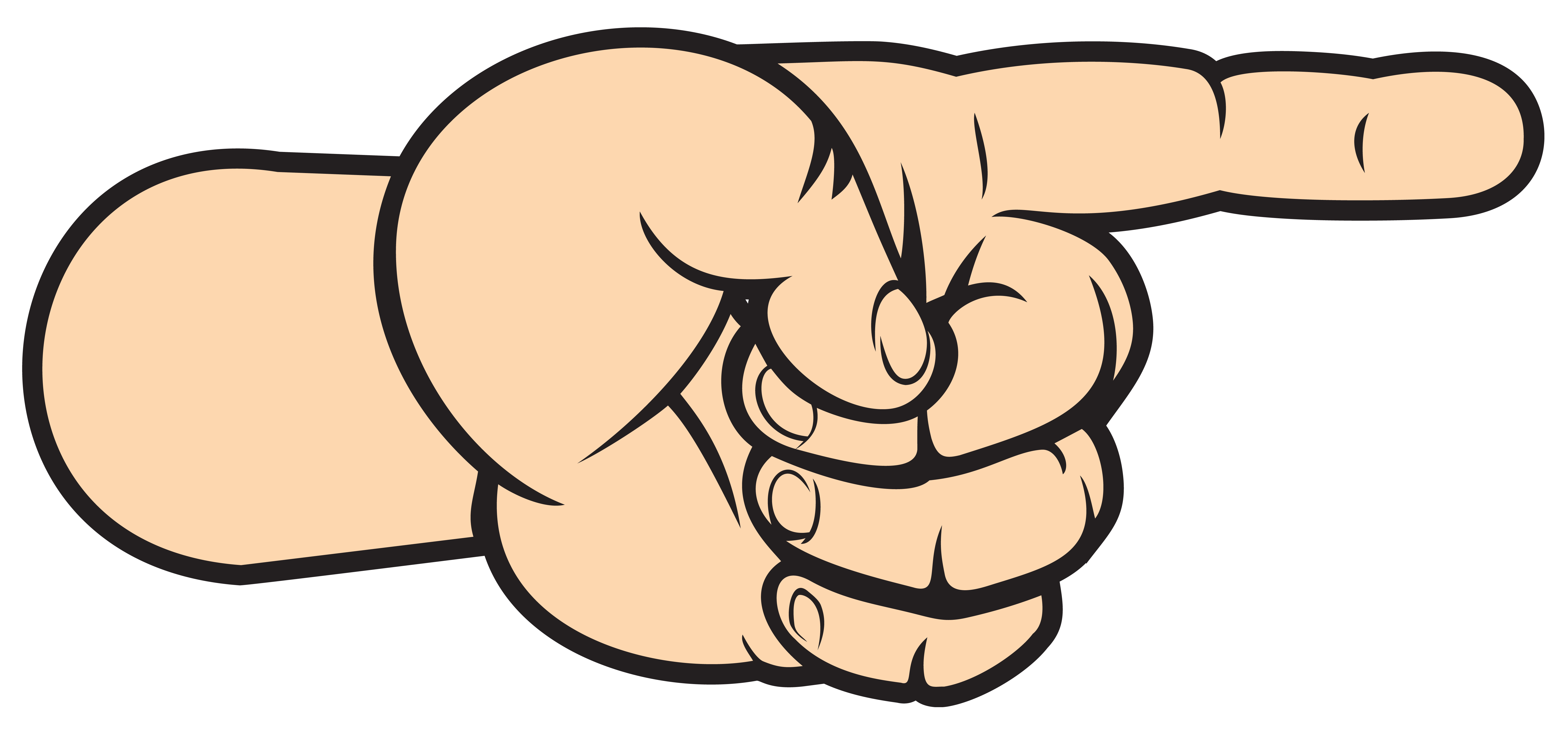Introduction:
Fibromyalgia is a chronic disorder characterized by widespread musculoskeletal pain, fatigue, sleep disturbances, and cognitive difficulties. Although the exact cause of fibromyalgia remains unclear, it is believed to involve a combination of genetic, environmental, and psychological factors. While fibromyalgia cannot be cured, there are various treatment approaches available to help manage the symptoms and improve the quality of life for individuals living with this condition. In this article, we will delve into the different treatment options that doctors employ to address fibromyalgia.
- Medications: Medications are commonly used in the treatment of fibromyalgia to alleviate pain, reduce fatigue, improve sleep, and manage associated conditions. The following medications may be prescribed:
a. Pain relievers: Over-the-counter pain medications such as acetaminophen and nonsteroidal anti-inflammatory drugs (NSAIDs) may provide temporary relief. However, stronger prescription medications like tramadol or opioids might be recommended in severe cases.
b. Antidepressants: Certain antidepressant medications, such as duloxetine and milnacipran, have been approved by the U.S. Food and Drug Administration (FDA) for fibromyalgia treatment. These drugs can help reduce pain and improve mood by affecting the levels of neurotransmitters in the brain.
c. Anti-seizure drugs: Medications commonly used to treat epilepsy, such as pregabalin and gabapentin, have shown effectiveness in managing fibromyalgia symptoms. They can help reduce pain, improve sleep, and decrease fatigue.
- Physical Therapy: Physical therapy plays a crucial role in managing fibromyalgia symptoms. Physical therapists design individualized exercise programs that focus on improving flexibility, strength, and endurance while minimizing pain. Some common physical therapy techniques for fibromyalgia include:
a. Low-impact aerobic exercise: Activities like walking, swimming, or cycling can improve cardiovascular fitness, reduce pain, and enhance overall well-being.
b. Strength training: Targeted exercises using resistance bands or light weights can help strengthen muscles and improve posture, reducing pain and fatigue.
c. Flexibility exercises: Stretching and range-of-motion exercises can alleviate muscle stiffness, improve joint mobility, and enhance overall flexibility.
- Cognitive Behavioural Therapy (CBT): CBT is a psychotherapeutic approach that aims to modify negative thoughts, behaviours, and emotions. It has shown promising results in managing fibromyalgia symptoms by helping individuals develop coping strategies and reduce the impact of pain on daily life. CBT sessions may involve:
a. Education: Learning about fibromyalgia, its causes, and effective management strategies.
b. Relaxation techniques: Teaching individuals deep breathing exercises, progressive muscle relaxation, and other relaxation techniques to reduce stress and promote better sleep.
c. Cognitive restructuring: Identifying and challenging negative thoughts and beliefs associated with pain, thus promoting a more positive outlook.
- Lifestyle Modifications: Making certain lifestyle changes can significantly impact fibromyalgia symptoms. Here are some strategies that doctors often recommend:
a. Regular sleep routine: Establishing a consistent sleep schedule and creating a sleep-friendly environment can improve the quality of sleep and reduce fatigue.
b. Stress management: Engaging in stress-reducing activities such as meditation, yoga, or mindfulness can help alleviate symptoms.
c. Balanced diet: Eating a well-balanced diet rich in fruits, vegetables, whole grains, and lean proteins can support overall health and provide essential nutrients.
- Alternative Therapies: Several alternative therapies have gained popularity as complementary approaches to managing fibromyalgia symptoms. While scientific evidence is limited, some individuals report benefitting from:
a. Acupuncture: This traditional Chinese medicine practice involves the insertion of thin needles into specific points on the body, potentially helping to relieve pain and promote relaxation.
b. Massage therapy: Various massage techniques, such as Swedish massage or myofascial release, may help reduce muscle tension, improve circulation, and alleviate pain.
c. Mind-body practices: Techniques like tai chi, yoga, and guided imagery can help improve physical function, reduce pain, and enhance overall well-being.
Conclusion:
The treatment of fibromyalgia typically involves a multidisciplinary approach, combining medication, physical therapy, psychological interventions, lifestyle modifications, and alternative therapies. It is important for individuals with fibromyalgia to work closely with their healthcare providers to develop a personalized treatment plan that addresses their specific needs and goals. While there is no one-size-fits-all approach, with the right combination of treatments, individuals with fibromyalgia can experience symptom relief, improved function, and an enhanced quality of life.


 Code: aqibktk£4%%%^$£”
Code: aqibktk£4%%%^$£”